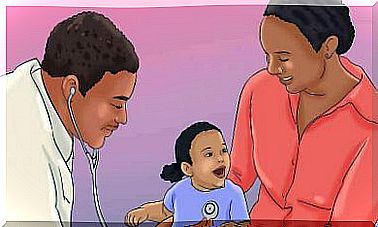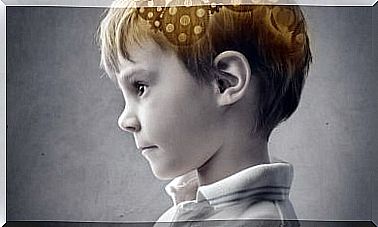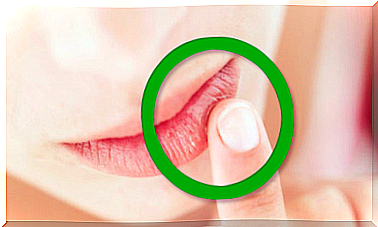These Are Symptoms Of Leukemia!
The symptoms of leukemia apply to many diseases, which is why you should always consult a doctor if you suspect it.

There are actually no absolutely typical signs or symptoms of leukemia, which makes it difficult to identify the disease in time. But there are signs in advance of a diagnosis that may indicate leukemia. After reading this article, you will also know more about the symptoms of leukemia .
Why aren’t there “real” symptoms of leukemia?
Of course there are, strictly speaking, symptoms of leukemia, but these signs are so varied and applicable to so many other diseases that it cannot be said that there are really some very distinctive or straightforward symptoms of leukemia.
There is an acute and a chronic leukemia, accordingly the symptoms of leukemia are then more sudden (acute leukemia) or slowly creeping in (chronic course of the disease). In the chronic form, symptoms of leukemia are so general that the disease is often only diagnosed with a routine blood test.
What exactly is leukemia?
The disease is also called “white blood cancer” called, because this much be formed too many progenitors of white blood cells, spread in the bone marrow and there disturb the formation of blood. If they get into organs such as the liver, spleen or lymph nodes, they cause further damage there.
Because normal blood formation is then disturbed, the sick person develops anemia, also known as “anemia”, which here consists of the lack of red blood cells that are responsible for the oxygen transport of the blood.
If this condition is acute, the disease is life-threatening; in the chronic form, the condition can last for years.
Possible symptoms of leukemia
As mentioned earlier, there are no known absolutely safe symptoms of leukemia. The symptoms of leukemia should rather be interpreted as the interplay of several factors and signs, which, however, do not necessarily all mean leukemia.
If you discover a number of these possible symptoms of leukemia in yourself or a loved one, please consult a doctor as soon as possible, who can tell you quickly after a blood test whether your suspicion is confirmed or not.
Therefore, pay attention to the following signs:
- Pale skin
- severe feeling of illness
- unexplained fever
- Susceptibility to infection
- Bleeding from your nose or gums
- Bruises and bruises
- Anemia (anemia)
- Drop in performance
- Tiredness / exhaustion
- Difficulty breathing with little physical exertion
- dizziness
- Night sweats
- diffuse bone pain
- Loss of appetite
- unwanted weight loss
- bleeding that is difficult to stop
- tiny point-like bleeding
- Skin changes / rash
- swollen lymph nodes
- enlarged spleen
- enlarged liver
Many of these symptoms of leukemia are so diffuse and general that they apply to a great many diseases or even just simple ailments.
Nevertheless, keep in mind that acute leukemia is life-threatening and if in doubt, please always see a doctor!
How does blood cancer develop?
Science still does not agree on which factors can promote the development of blood cancer. What is certain is that there is a genetic factor, i.e. a hereditary component, in the development of leukemia.
But other triggers are also possible:
- radioactivity
- X-rays
- Pesticides
- solvent
- Viruses
- Smoke
- Trisomy 21
However, there are still very many cases of leukemia for which no real cause can be found. That makes prevention difficult, but a healthy lifestyle without poisons (smoking, solvents, pesticides …) always promotes your health.
therapy
Depending on the type of leukemia, different treatment options are possible. First of all, in the acute and chronic form, it is important to slow down or stop the uninhibited growth of white blood cells.
This is done through so-called “chemotherapy”, which affects the cell growth of the entire body.
A stem cell transplant, radiation therapy or bone marrow transplantation can lead to success, but the prospects are very variable in all therapies.
Not every therapy works equally well for every patient. Treatment for leukemia is tedious and can last 6 to 12 months.
Even if there are no more symptoms of leukemia after treatment , the patient is only considered cured if no relapse has occurred 5 years later.
Until then, the blood must be checked regularly in order to be able to intervene in good time if necessary.









